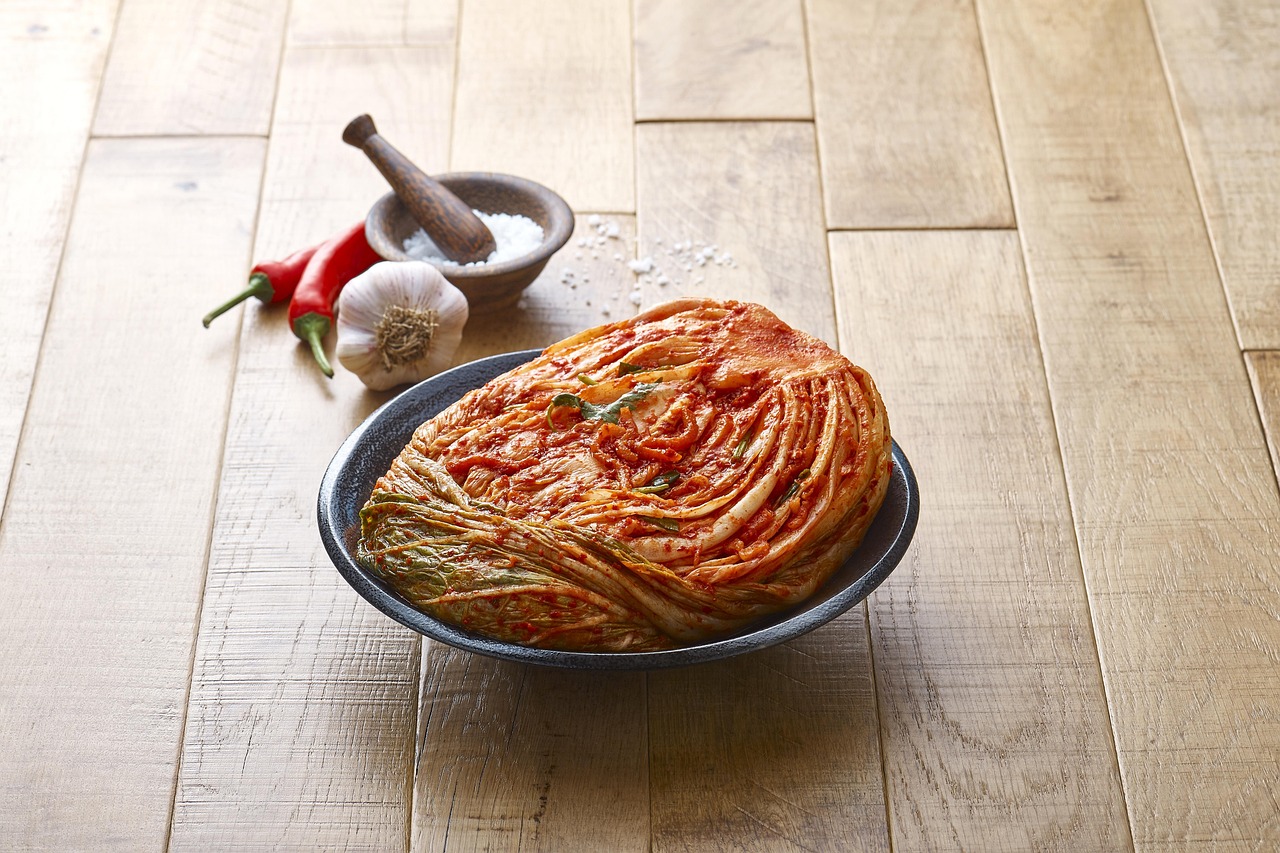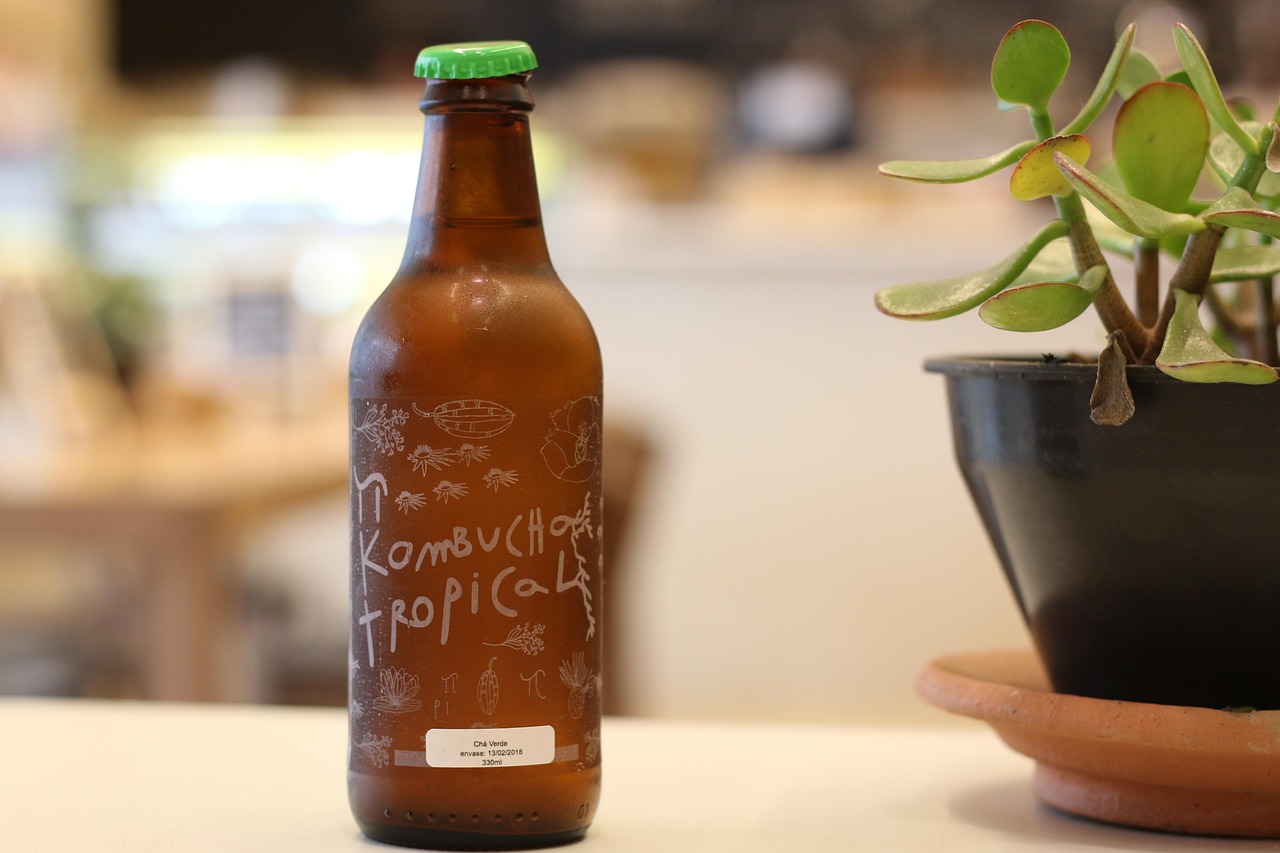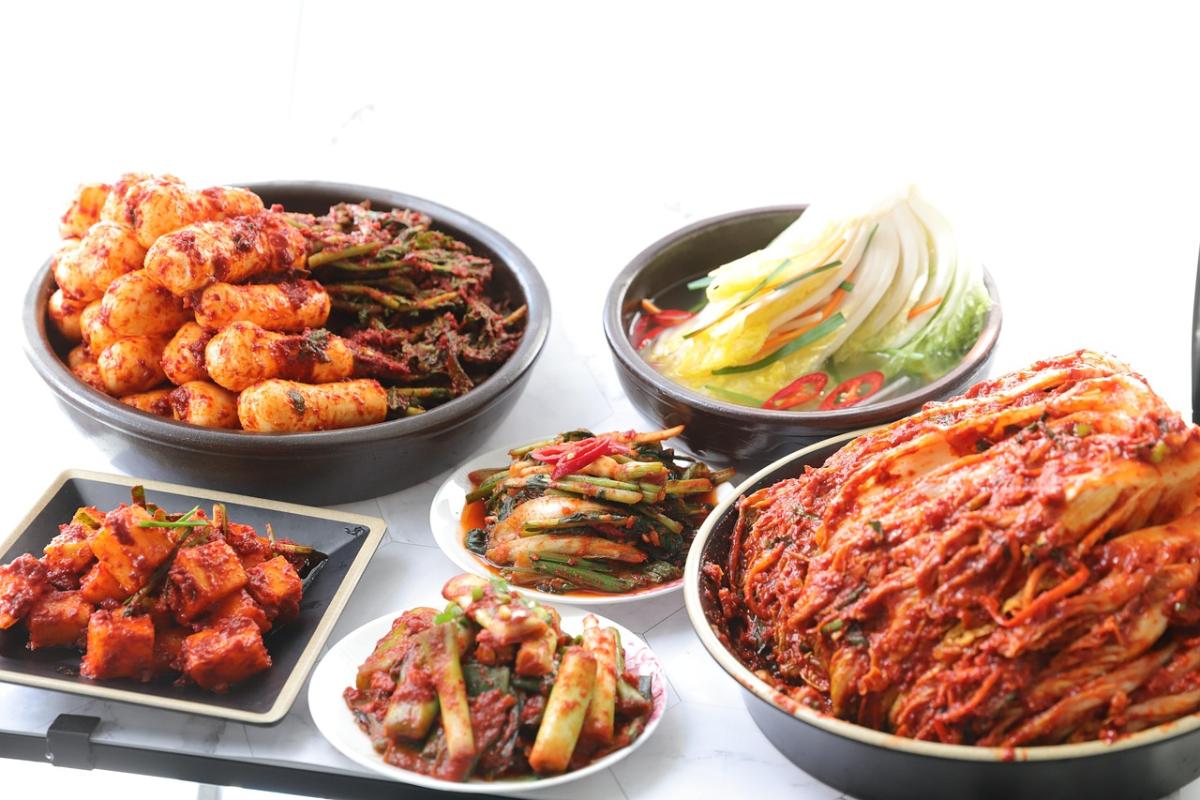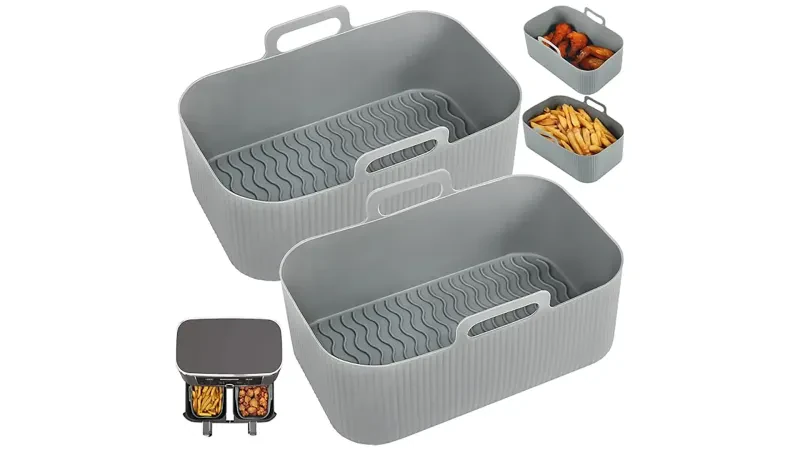Fermentation is an ancient method of preserving food used for thousands of years. This process extends the shelf life of food and enhances its nutritional value and flavour. In recent years, fermented foods have gained popularity due to their numerous health benefits. In this blog, we will explore the science behind fermentation and its health benefits and provide simple recipes for making fermented foods at home.
What is Fermentation?
Fermentation is a metabolic process that converts sugar to acids, gases, or alcohol. It occurs in yeast, bacteria, and oxygen-starved muscle cells, as in the case of lactic acid fermentation. Fermentation is used in food production to create a variety of products, such as yoghurt, sauerkraut, kimchi, and kombucha.
The process involves microorganisms breaking down carbohydrates into simpler substances. For example, lactic acid bacteria ferment lactose (milk sugar) into lactic acid, which gives yoghurt its tangy flavour and thick texture.
Health Benefits of Fermented Foods
1. Improved Digestive Health
Fermented foods are rich in probiotics, beneficial bacteria that promote a healthy gut microbiome. Probiotics help improve digestion, reduce irritable bowel syndrome (IBS) symptoms, and prevent diarrhoea caused by antibiotics. Research shows that fermented foods can enhance gut health and reduce inflammation.
2. Enhanced Immune System
A significant portion of the immune system is located in the gut. The probiotics in fermented foods can boost the immune system by increasing the production of antibodies and enhancing the activity of immune cells. This helps the body fight off infections more effectively.
3. Better Nutrient Absorption
The fermentation process increases the bioavailability of nutrients in food. This means that the vitamins and minerals in fermented foods are more easily absorbed by the body. For example, fermentation can increase B vitamins, vitamin K2, and beneficial enzymes.
4. Potential Cancer-Fighting Properties
Some studies suggest that fermented foods may have anti-carcinogenic properties. The probiotics in fermented foods can bind to potential carcinogens and reduce their activity, thus lowering the risk of certain cancers, particularly colorectal cancer.
5. Weight Management
Fermented foods can aid in weight management by promoting a feeling of fullness and reducing appetite. The probiotics in these foods help regulate hormones related to hunger and satiety, which can prevent overeating.
How to Make Fermented Foods at Home
Making fermented foods at home is a simple and rewarding process. Here are some easy recipes to get you started:

Homemade Sauerkraut
Ingredients:
- 1 medium cabbage
- 1 tablespoon sea salt
- 1-2 teaspoons caraway seeds (optional)
Instructions:
1. Remove the outer leaves of the cabbage and set aside. Shred the cabbage finely using a knife or a mandolin.
2. Combine the shredded cabbage and salt in a large bowl. Massage the cabbage with your hands for about 10 minutes until it releases its juices.
3. Add caraway seeds if using, and mix well.
4. Pack the cabbage tightly into a clean glass jar, pressing it firmly with each layer to ensure no air pockets remain.
5. Place the reserved cabbage leaves on top to submerge the shredded cabbage in its juices.
6. Cover the jar with a cloth and secure it with a rubber band. Let it ferment at room temperature for 1-4 weeks, depending on your taste preference. Check the sauerkraut regularly and press it down if necessary to keep it submerged.
7. Once it reaches the desired taste, transfer the sauerkraut to the refrigerator, where it can be stored for several months.

Homemade Kimchi
Ingredients:
- 1 medium Napa cabbage
- 1 tablespoon sea salt
- 1 tablespoon sugar
- 3-4 cloves garlic, minced
- 1 thumb-sized piece of ginger, grated
- 2 tablespoons Korean red pepper flakes (gochugaru)
- 4 spring onions, chopped
- 2 tablespoons fish sauce (optional)
Instructions:
1. Cut the cabbage into bite-sized pieces and place it in a large bowl. Sprinkle with salt and massage the cabbage until it starts to wilt. Let it sit for 1-2 hours.
2. Rinse the cabbage thoroughly under cold water and drain well.
3. combine sugar, garlic, ginger, red pepper flakes, spring onions, and fish sauce in a separate bowl.
4. Add the drained cabbage to the mixture and toss until well-coated.
5. Pack the kimchi tightly into a clean glass jar, pressing it firmly with each layer to ensure no air pockets remain.
6. Cover the jar with a cloth and secure it with a rubber band. Let it ferment at room temperature for 3-7 days, depending on your taste preference. Check the kimchi regularly and press it down if necessary to keep it submerged.
7. Once it reaches the desired taste, transfer the kimchi to the refrigerator, where it can be stored for several months.

Homemade Kombucha
Ingredients:
- 1 SCOBY (Symbiotic Culture of Bacteria and Yeast)
- 1 cup starter tea (previous batch of kombucha or store-bought unflavoured kombucha)
- 1 cup sugar
- 4-6 tea bags (black or green tea)
- 3.5 litres water
Instructions:
1. Boil the water and add the tea bags. Let it steep for 10-15 minutes.
2. Remove the tea bags and stir in the sugar until it dissolves. Let the sweet tea cool to room temperature.
3. Add the starter. Pour the cooled tea into a large glass jar.
4. Gently place the SCOBY into the jar.
5. Cover the jar with a cloth and secure it with a rubber band. Let it ferment at room temperature for 7-14 days, depending on your taste preference.
6. After the initial fermentation, remove the SCOBY and store it with kombucha for the next batch.
7. Bottle the kombucha, leaving about an inch of headspace in each bottle. At this stage, you can add flavourings such as fruit juice or herbs.
8. To carbonate, Let the bottled kombucha ferment for another 1-3 days at room temperature. Then, transfer the bottles to the refrigerator.
FAQ
What are the best vegetables to ferment?
Some of the best vegetables for fermentation include cabbage, carrots, cucumbers, radishes, and beets. Their high water content and firm texture make them ideal for the process.
How long does it take to ferment vegetables?
The fermentation time varies depending on the type of vegetable, the temperature, and your taste preference. Generally, it takes 1-4 weeks for vegetables like sauerkraut and kimchi to ferment at room temperature.
Can fermented foods go bad?
Fermented foods can last for several months if stored properly in the refrigerator. However, suppose you notice any signs of spoilage such as mould, off-odours, or an unusual taste. In that case, it's best to discard the batch.
Are there any side effects of eating fermented foods?
Most people can enjoy fermented foods without any issues. However, some individuals may experience mild digestive discomfort, such as bloating or gas, when they first start consuming them. It's best to introduce fermented foods gradually into your diet.
Fermented foods are a delicious and nutritious addition to any diet. They offer a range of health benefits, from improved digestion to enhanced immune function. With these simple recipes, you can start making your own fermented foods at home and enjoy the benefits of this ancient preservation method.
For more information on the benefits of fermented foods, consult resources such as the NHS website on probiotics and digestive health and the British Nutrition Foundation's guide on fermentation and health.
Resources
1. NHS - [Probiotics and Digestive Health]
2. BBC Good Food - [Guide to Fermenting Vegetables]
3. Healthline - [Benefits of Fermented Foods]







